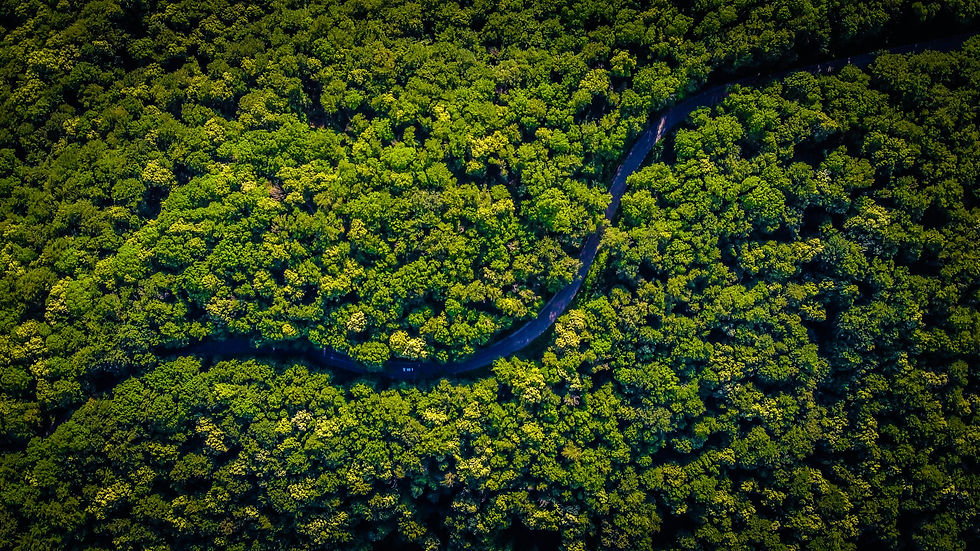The Breakthrough Prize and Competitiveness: Q&A with Space Expert Pete Worden
- The GFCC

- Mar 28, 2017
- 4 min read
Science and technology are vital for innovation and competitiveness. That’s why the GFCC is committed to exploring the role of research organizations in advancing these industries. We recently sat down with GFCC Distinguished Fellow and former Director of NASA’s Ames Research Center (ARC), Pete Worden, to talk about Extreme Tech and the Breakthrough Prize, which fuels competition and rewards cutting edge scientific discoveries.
What exactly is the Breakthrough Prize?
The Breakthrough Prize was created six years ago by Yuri Milner to celebrate the accomplishments of our best scientists. By very visibly and publicly celebrating the world’s best science breakthroughs in life sciences, fundamental physics and mathematics, he and his other sponsoring colleagues, including Mark Zuckerberg, Sergey Brin and Ann Wojcicki, are inspiring a new generation of scientists.
You have had an extensive career science and technology, whether with NASA, the US Government or working on start-ups in Silicon Valley. What led you to be involved with Breakthrough Initiatives?
I was a “hooked” space enthusiast in the 1950s as I watched the United States launch its first rockets. I grew up during the Apollo program, but I always felt that our sights should be set beyond our own solar system — and in particular to the nearby stars. While NASA has conducted some studies on interstellar missions, such activities were limited in scope. But now, there’s a growing interest among high-tech entrepreneurs to pursue philanthropic efforts designed to expand our horizons in space. Several years ago, I met Yuri Milner, a physicist by background, and the original sponsor of the Breakthrough Prizes, who had a similar interest. Two years ago, he discussed with me an initiative to study the question of life in the universe, particularly related to the nearby stars. I jumped at the chance to work with him to organize these programs, and I now lead the Breakthrough Initiatives.
How do you expect to impact the world with the Breakthrough Prize? How do you measure impact?
There are many ways to measure the impacts of the Breakthrough Prize. Some are more direct — such as the increasing number of people watching the broadcast Breakthrough Prize Ceremony. Equally interesting is the increasing number of nominations from the world’s best universities and research institutions. But, in the final analysis, only time will tell. We are on track to have the Breakthrough Prize be as well known and inspiring as other major prizes such as the Nobel Prize.
Over $190 million in prize money has been awarded so far. How is that broken down in different knowledge fields?
We award at least seven $3M Breakthrough Prizes per year, five in life sciences, and one in each fundamental physics and mathematics. We also award up to six New Horizons prizes of $100K in mathematics and physics to early career researchers. In addition, we award a special Breakthrough Prize in Fundamental Physics on occasion. Thus, about two thirds of our prize awards are in life sciences, and the remainder is split between fundamental physics and mathematics.
What’s one of your favorite ideas that has won a Breakthrough Prize?
This is a tough question. But I must say that, as a space scientist, I have a special fondness for the Special Prize in Fundamental Physics for 2017 that we awarded to the Gravitational Wave discovery team. This breakthrough is particularly interesting for two reasons. First, many, including Einstein himself when he postulated the existence of gravitational waves a century ago, thought we would never be able to detect them. Second, this discovery has opened an amazing new window upon the universe — including a new probe of the earliest phases of our universe’s existence.

How does someone apply for a Breakthrough Prize? What do people from around the globe need to know about it?
The nomination period just opened for all of the 2018 prizes on March 1. It closes on May 31. All nominations are online and the procedures are available on the Breakthrough Prize website. Anyone can make a nomination — but you are not allowed to nominate yourself. The prize selection committees consist of previous winners. The prizes are publicly announced at a glamorous award ceremony in Silicon Valley. The 2018 awards and associated ceremony will occur on December 3, 2017.
What do you see next for the Breakthrough Prize? How do you see the Prize expanding and evolving?
In 2015, we began the Junior Breakthrough Challenge — an opportunity for high school students to make a short video about a scientific principle in life sciences, physics or mathematics. For the 2016 contest, over 6000 young people entered. The winners receive a $250,000 college scholarship; their school receives a laboratory worth over $100,000, and the teacher that inspired them receives a $50,000 cash award.
In addition to the prizes and awards, the Breakthrough Prize Foundation has begun a series of Breakthrough Initiatives. In these initiatives, we are sponsoring research to probe the fundamental questions of life in the universe and whether we are alone.







Comments